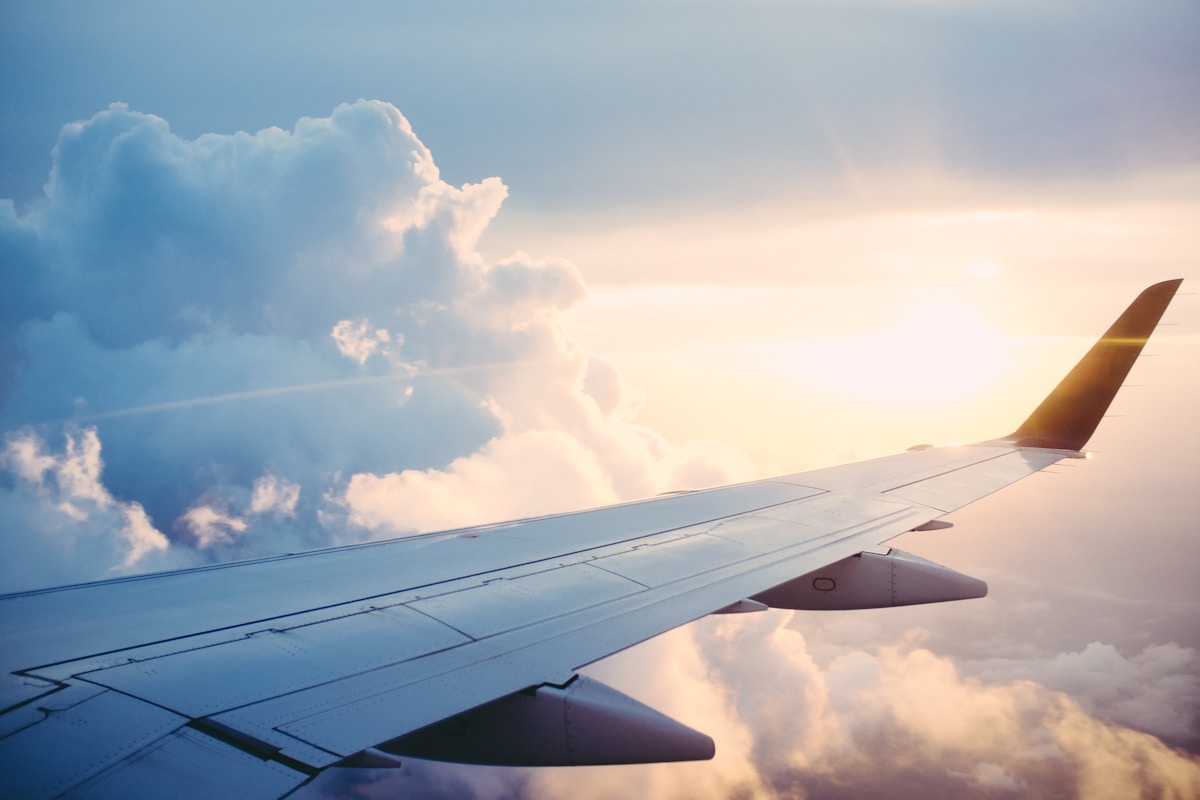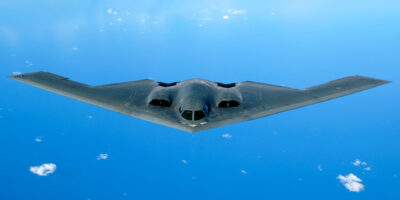
Understanding the classification of aircraft is essential for anyone interested in aviation, whether you’re a seasoned pilot, an aviation enthusiast, or simply curious about how different types of flying machines are categorized. This article explores the three primary categories of aircraft, shedding light on each type’s unique characteristics and uses. The categories include civil aircraft, military aircraft, and state aircraft, each serving distinct purposes and governed by specific regulations and standards.
**Civil Aircraft**
Civil aircraft are primarily used for commercial and private purposes, encompassing a vast array of aviation activities including passenger transport, cargo transport, agricultural activities, and personal recreation. These aircraft are registered with civil aviation authorities and are not intended for military operations. The two main subcategories of civil aircraft are commercial and general aviation.
*Commercial aviation* involves aircraft used by airlines for the transportation of passengers and cargo. These range from large jet airliners like the Boeing 747 and Airbus A380, which carry hundreds of passengers across continents, to smaller regional jets like the Bombardier CRJ series and turboprops like the ATR 72, designed for shorter routes.
*General aviation* covers a broad spectrum of aircraft not used in commercial airline service. This includes small private planes like the Cessna 172, business jets like the Gulfstream G650, and other types such as gliders, helicopters, and even hot air balloons. These aircraft are often used for training, business travel, and personal leisure activities.
**Military Aircraft**
Military aircraft are specifically designed for the armed forces’ use and are equipped for various functions such as combat, reconnaissance, training, and logistics. These aircraft range from fighters and bombers to transport and surveillance airplanes. Military aircraft are built to endure rigorous conditions and are often equipped with advanced technology and weaponry.
*Combat aircraft*, like the F-22 Raptor and the MiG-29, are designed for air-to-air combat and ground attacks. *Transport aircraft* such as the C-130 Hercules and the Boeing C-17 Globemaster III are used to move troops and equipment over long distances. *Reconnaissance aircraft*, such as the U-2 Dragon Lady and the MQ-9 Reaper drone, are utilized for gathering intelligence.
**State Aircraft**
State aircraft include all aircraft used in governmental service, such as those operated by heads of state, government officials, and for other state purposes like law enforcement and emergency services. These are not typically considered military aircraft, though they often receive similar levels of protection and capabilities.
*Presidential aircraft* such as the United States’ Air Force One or Russia’s Ilyushin Il-96-300PU serve as airborne offices for heads of state. *Law enforcement aircraft* are used for missions including surveillance, search and rescue, and border patrol. These often include modified helicopters and fixed-wing aircraft equipped with specialized technology.
In conclusion, the world of aviation includes a diverse array of aircraft categorized into civil, military, and state uses. Each category serves unique roles and is integral to different sectors of society, from commercial travel and agriculture to defense and state governance. Understanding these categories helps in appreciating the varied applications and the specialized nature of each type of aircraft within the broader aviation industry.



Subscribe for Updates
Get the latest articles delivered to your inbox.
We respect your privacy. Unsubscribe anytime.